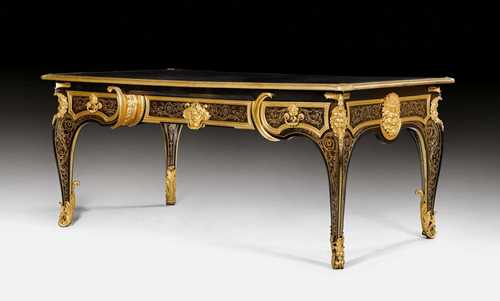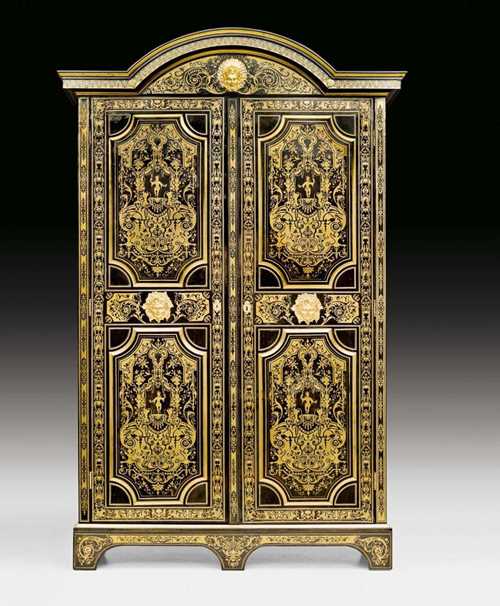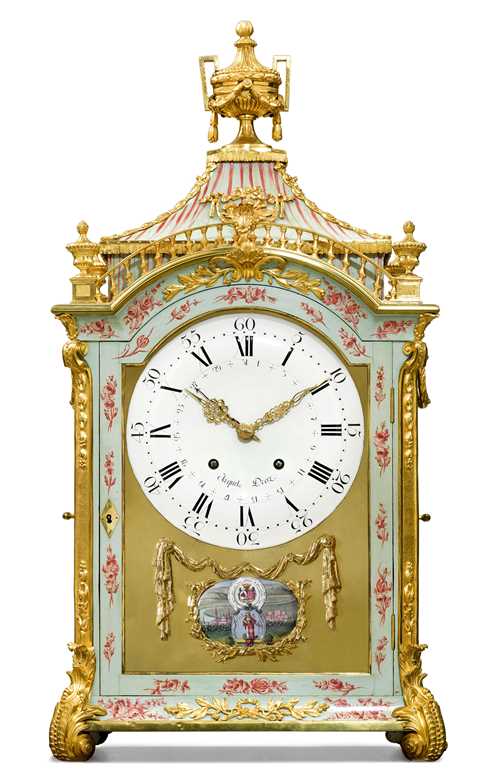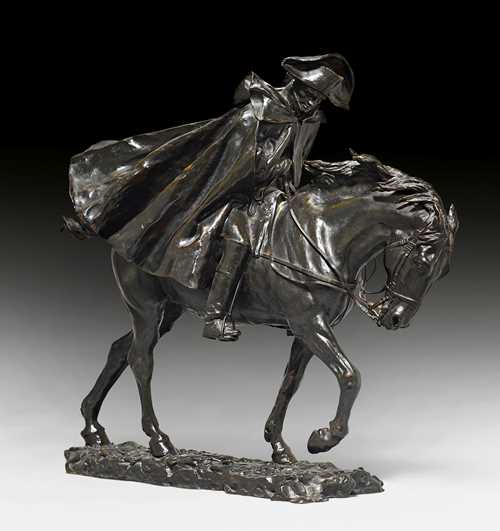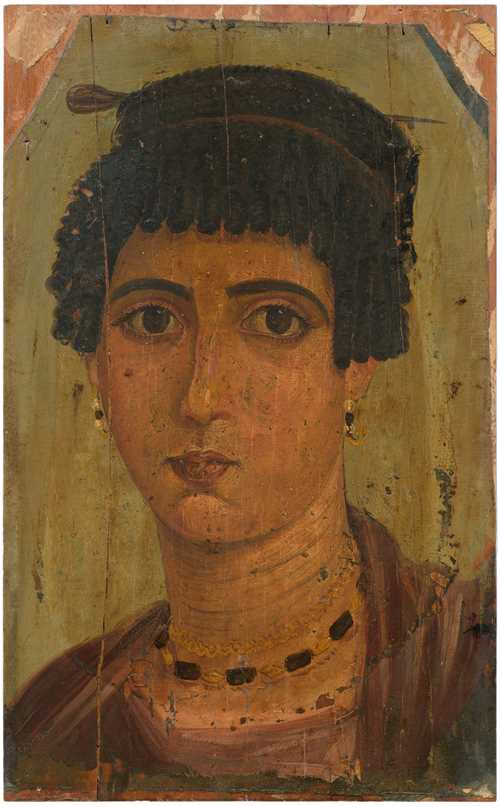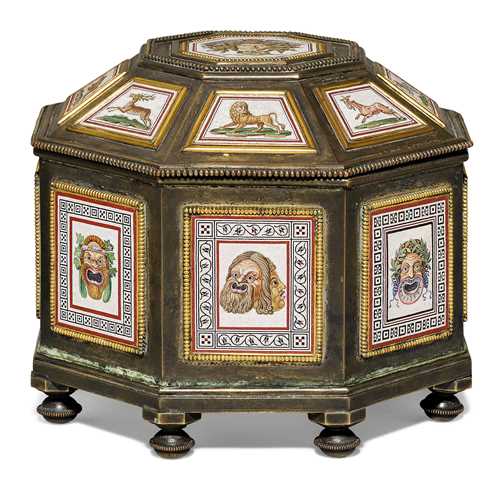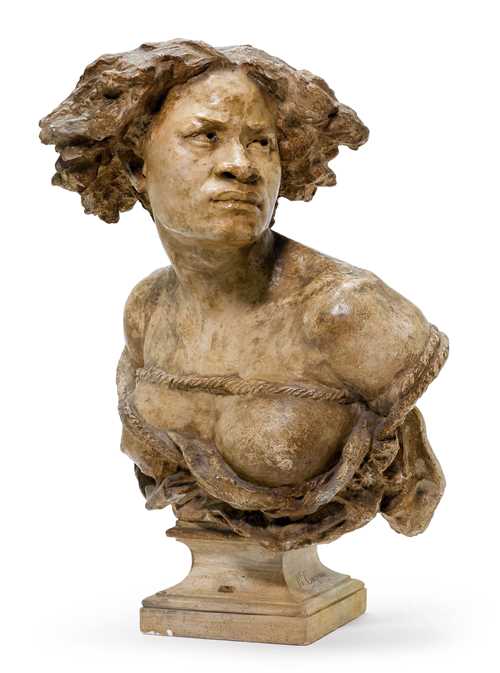MOBILIER & DÉCORATION
L'histoire de Koller est étroitement liée aux arts décoratifs depuis 1958. Mobilier, argenterie, porcelaine et sculpture font partie du noyau central de nos compétences les plus anciennes, et de nombreuses pièces d’exception ont été vendues lors de nos enchères au fil des décennies.
La multitude et la qualité du mobilier ancien, des arts décoratifs et des objets de collection vendus deux fois par an chez Koller est pratiquement unique en Europe.
Des créations de célèbres ébénistes tels que Charles Cressent, Abraham Roentgen, André-Charles Boulle, Bernard van Risen Burgh, Johann Friedrich Spindler et Adam Weisweiler sont régulièrement présentées. Koller s'est également forgé une solide réputation en tant que l'une des principales maisons de ventes aux enchères européennes spécialisées en horlogerie ancienne, avec des pièces d’horlogers illustres tels que Berthoud, Deverberie, Breguet, Le Roy, Lépine et Jaquet-Droz.
Depuis la fondation de la maison Koller, la porcelaine et la faïence occupent une place importante dans nos ventes aux enchères et témoignent de cette longue et importante tradition suisse de collectionner la céramique. De nombreuses pièces prestigieuses ont été vendues chez Koller. Les pièces de collection de Meissen, Sèvres, Strasbourg, Nymphenburg, Du Paquier, Zurich, ainsi que la majolique italienne et les créations de la Russie impériale sont convoitées par notre clientèle avertie et génèrent régulièrement des prix records.
Nos ventes aux enchères d'argenterie présentent régulièrement des pièces de haute qualité du 16e au 20e siècle. Les pièces d'orfèvrerie proposées dans nos ventes proviennent non seulement de manufactures suisses, mais aussi de centres de production d'argenterie de renommée historique mondiale, tels que Londres, Augsbourg, Paris, Moscou, Saint-Pétersbourg, Turin et Nuremberg.
Le département des Arts Décoratifs organise régulièrement des ventes aux enchères de collections entières, avec des catalogues dédiés et soigneusement étudiés qui non seulement assurent une vente réussie de la collection, mais constituent un témoignage pour le collectionneur et un document utile pour les futurs collectionneurs et chercheurs. Citons par exemple la collection de porcelaine du Dr Siegfried Ducret, la collection d'instruments scientifiques Nessi et la collection de sculptures et d'objets antiques romains et égyptiens de Dre Sylvia Legrain.
Nos ventes aux enchères d'arts décoratifs ont lieu en mars et septembre. Les consignations sont acceptées jusqu'à mi-janvier pour la vente de mars et jusqu'à mi-juillet pour la vente de septembre.
Nos spécialistes se feront un plaisir d'évaluer vos objets en vue d'une éventuelle vente aux enchères.
Prochaines ventes aux enchères
Vente aux enchères : 19 septembre 2024, nous acceptons les consignations dès à présent et jusqu'à mi-juillet 2024.

Si vous souhaitez consigner des œuvres à l'une de nos ventes aux enchères, nous les évaluerons gratuitement. Veuillez nous envoyer des photos si possible, ou nous appeler. Nous conviendrons d'un rendez-vous pour examiner vos œuvres à votre domicile ou dans l'un de nos bureaux à Zurich, Genève, Florence, Munich ou Düsseldorf. Vous recevrez ensuite nos estimations afin que vous puissiez prendre votre décision.
Demander une estimation maintenantComment vendre aux enchères
Contactez-nous
Contactez un de nos représentants

Stephan Koller
Responsable du départementMobilier & Décoration skoller@kollerauctions.com
+41 44 445 63 41
RÉSULTATS SÉLECTIONNÉS Mobilier
EXTREMELY RARE EUCHARISTIC DOVE
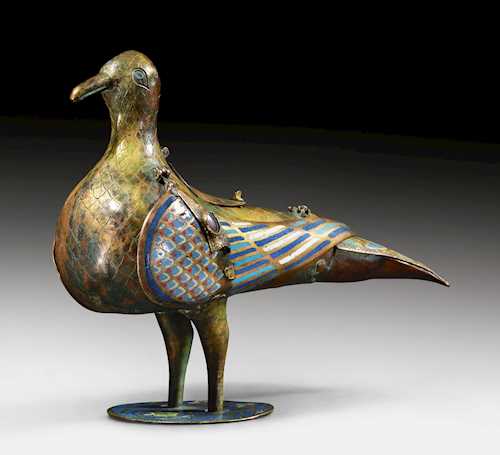
CHF 162 500
GOLD ENAMEL BOX WITH SINGING BIRD AUTOMATON, CLOCK AND SMALL CYLINDER MUSIC BOX MECHANISM
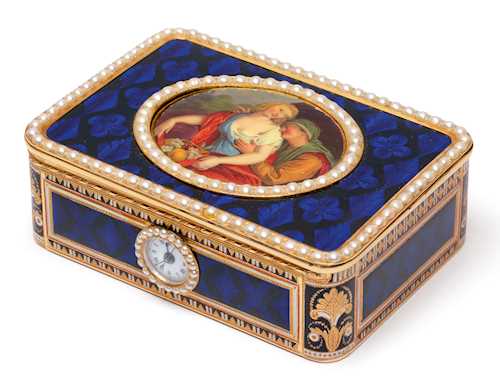
CHF 206 250
FAUTEUIL DE BUREAU "AUX LIONS AILÉS"
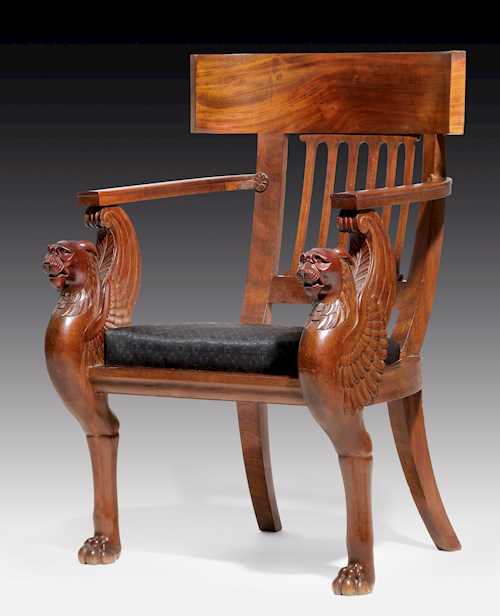
CHF 22 500
NOTATION KNIFE OR MUSIC KNIFE

CHF 25 000
MUSEUM KNIFE WITH IVORY MICROCARVING AND FOLDING HANDLE
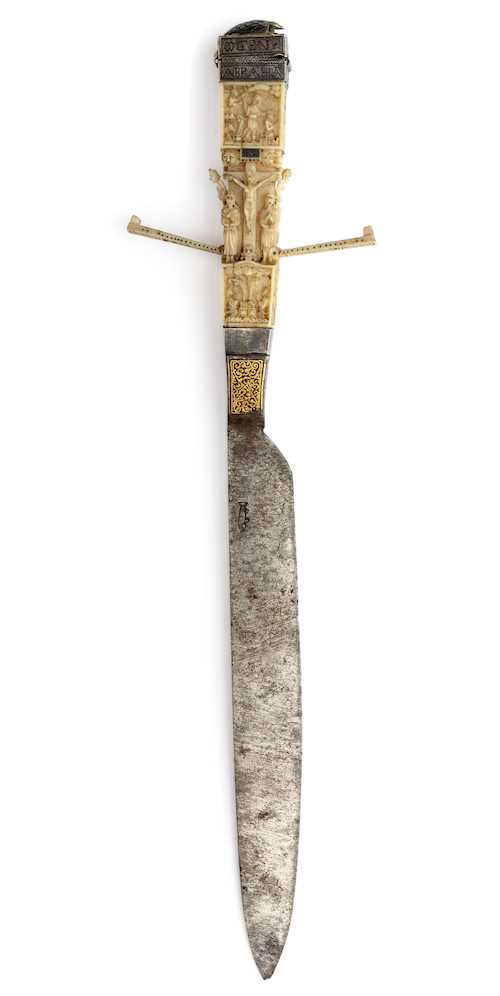
CHF 33 750
MUMMY PORTRAIT OF A LADY
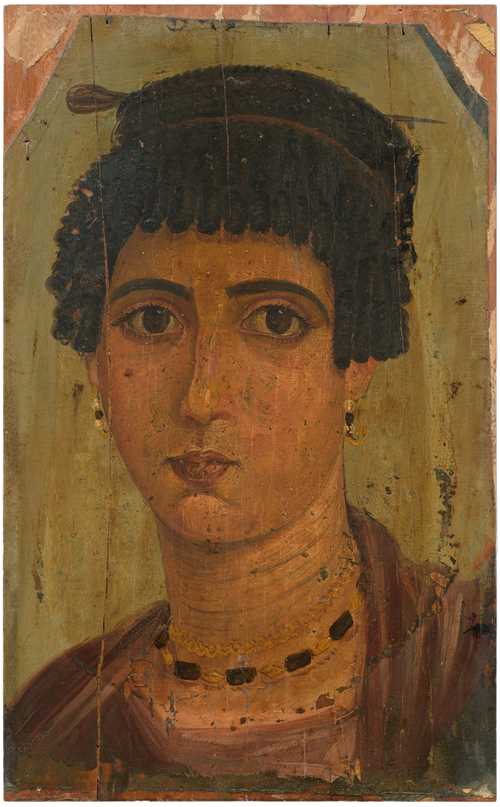
CHF 450 000
STANDING CROSS WITH FINE MICRO-CARVING
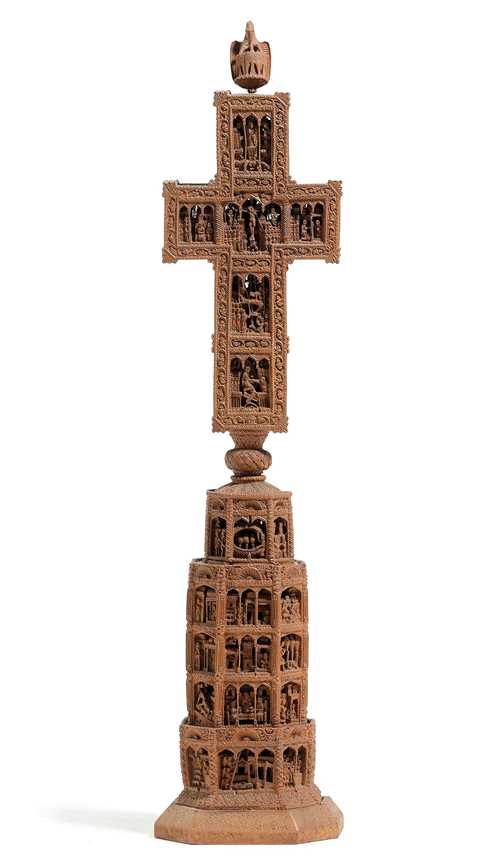
CHF 75 000
PAIR OF HALF-HEIGHT CABINETS
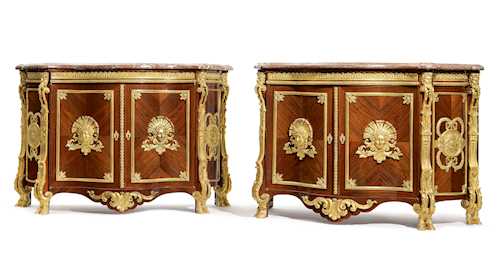
CHF 30 000
FINE AND RARE GAMES BOX FOR CHESS AND TRICTRAC WITH INLAYS IN RELIEF
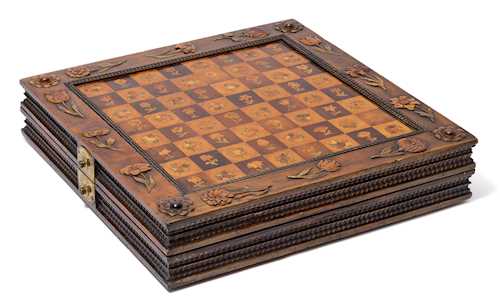
CHF 37 500
SET OF CHESSMEN BY MAX ERNST (1891-1976)
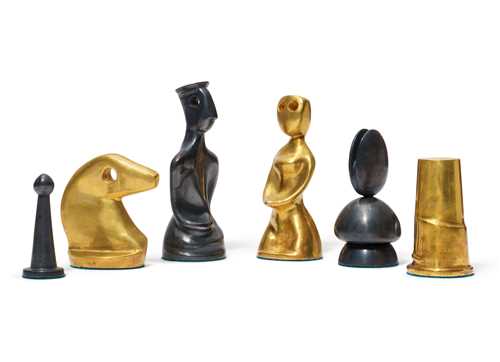
CHF 118 750


